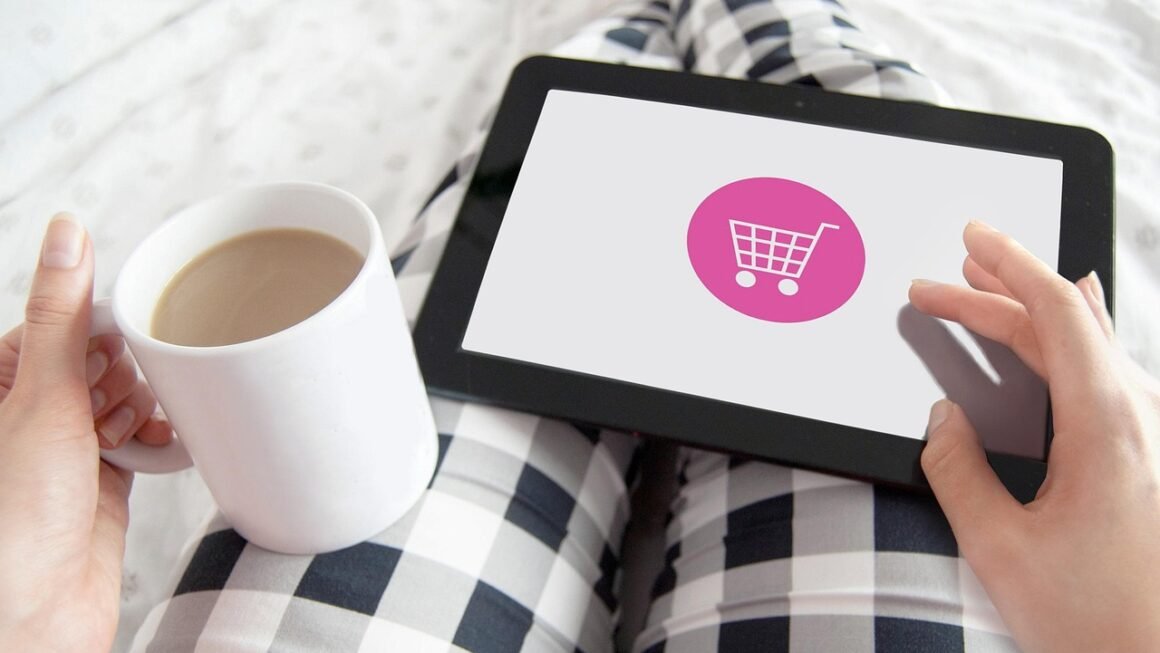Upselling. It’s a word that can sometimes conjure images of pushy salespeople, but when done right, upselling is a powerful strategy to enhance customer satisfaction, increase revenue, and build lasting relationships. It’s not about tricking customers into buying things they don’t need; instead, it’s about offering valuable upgrades or add-ons that complement their initial purchase and ultimately provide a better experience. This article delves into the art and science of upselling, providing actionable insights and practical examples to help you master this essential sales technique.
Understanding Upselling: More Than Just a Sale
What Exactly is Upselling?
Upselling is a sales technique where a seller invites the customer to purchase more expensive items, upgrades, or other add-ons in an attempt to make a more profitable sale. The aim is to provide increased value to the customer, improving their overall experience and satisfaction. Upselling differs from cross-selling, which involves suggesting related or complementary products to the customer’s initial purchase. Think of upselling as offering a “better” version of the same thing, and cross-selling as offering something “else” that goes well with it.
Benefits of a Well-Executed Upsell Strategy
- Increased Revenue: This is the most obvious benefit. Successfully upselling can significantly boost your average order value and overall sales figures.
- Improved Customer Satisfaction: By offering relevant upgrades or enhanced features, you can help customers find solutions that better meet their needs. A happier customer is more likely to become a repeat customer.
- Enhanced Customer Loyalty: When customers perceive that you are genuinely trying to help them get the most out of their purchase, it builds trust and strengthens the relationship.
- Better Understanding of Customer Needs: Observing which upsell offers customers respond to provides valuable insights into their preferences and priorities. This data can be used to refine future sales strategies and product development.
- Higher Customer Lifetime Value: Retaining satisfied customers through value-added offerings translates to increased long-term profitability.
Statistics on Upselling
- The probability of selling to a new prospect is 5-20%. The probability of selling to an existing customer is 60-70%. (Source: Marketing Metrics)
- Upselling and cross-selling make up approximately 30% of eCommerce revenue. (Source: Barilliance)
- Existing customers are 50% more likely to try new products and spend 31% more, compared to new customers. (Source: SmallBizGenius)
Strategies for Effective Upselling
Know Your Customer
- Understand their needs: Before suggesting any upsells, take the time to understand why the customer is making the initial purchase. What problem are they trying to solve? What are their goals?
- Analyze purchase history: If the customer is a repeat buyer, review their past purchases to identify patterns and preferences. This information can help you tailor your upsell offers.
- Gather feedback: Ask for feedback after previous purchases to understand what the customer liked and disliked about the product or service. This can reveal opportunities for improvement and potential upsells.
Offer Relevant and Valuable Upgrades
- Focus on solving problems: The upsell should address a specific need or pain point that the customer may have. Highlight how the upgrade will make their life easier or more enjoyable.
- Clearly communicate the benefits: Don’t just list the features of the upgraded product or service. Explain how those features will benefit the customer in tangible ways.
- Personalize the offer: Tailor the upsell to the individual customer’s needs and preferences. Avoid offering generic upgrades that are not relevant to their initial purchase.
- Example: A customer buying a basic laptop might be offered an upgrade to a model with more RAM if they plan to use it for video editing or gaming. The benefit is faster performance and a smoother user experience.
Timing is Everything
- Present the upsell at the right moment: The timing of your upsell offer can significantly impact its success. Consider offering it during the checkout process, after the initial purchase is complete, or even during the onboarding phase.
- Avoid overwhelming the customer: Don’t bombard the customer with too many upsell offers at once. Focus on presenting one or two relevant options that are likely to be of interest.
- Example: An airline might offer an upgrade to premium seating during the booking process, or offer priority boarding as an upsell after the customer has already purchased their ticket.
Make it Easy to Say “Yes”
- Offer a compelling price: Make the upsell attractive by offering a discount or special promotion. Consider bundling the upgrade with the initial purchase at a reduced price.
- Provide a clear comparison: Show the customer the difference between the initial product or service and the upgraded version. Highlight the added value and benefits of the upgrade.
- Offer a money-back guarantee: This can help alleviate any concerns the customer may have about the upgrade and make them more likely to try it.
- Example: A software company might offer a free trial of their premium version to entice customers to upgrade from the basic plan.
Avoiding Common Upselling Mistakes
Being Too Pushy
- Don’t pressure the customer: Respect the customer’s decision if they decline the upsell offer. Avoid being too persistent or aggressive, as this can damage the relationship.
- Focus on providing value, not just making a sale: The goal should be to help the customer find the best solution for their needs, even if it doesn’t involve an upsell.
Offering Irrelevant Upsells
- Ensure the upsell is related to the initial purchase: Offering irrelevant upgrades can make you look out of touch and damage your credibility.
- Example: Offering a customer who is buying a tent an upsell of high heels is clearly irrelevant and shows a lack of understanding of their needs.
Neglecting the Customer After the Upsell
- Provide excellent customer service: After the upsell is complete, continue to provide exceptional customer service to ensure the customer is satisfied with their purchase.
- Follow up with the customer: Check in with the customer to see if they have any questions or need any assistance. This shows that you care about their experience and are committed to their success.
Examples of Successful Upselling
Amazon: “Frequently Bought Together”
Amazon expertly uses the “Frequently Bought Together” feature to suggest complementary products, effectively cross-selling. But they also offer product upgrades. When you are viewing a specific product, Amazon will often show you a higher-end version with better features. For example, when looking at a Kindle Paperwhite, it might suggest the Kindle Oasis as an upgrade, highlighting its waterproof design and larger screen.
Software as a Service (SaaS)
SaaS companies frequently use tiered pricing models to encourage upselling. A customer starts with a basic plan and, as their needs grow, is offered the option to upgrade to a higher-tier plan with more features, storage, or user licenses. Companies like Dropbox and HubSpot employ this strategy effectively. They highlight the benefits of the upgraded plans based on usage or potential growth.
Hospitality Industry: Hotel Room Upgrades
Hotels often offer room upgrades at check-in, presenting options like a room with a better view, a larger suite, or access to a club lounge. These upgrades are typically offered at a discounted rate compared to booking them directly, making them an attractive option for guests looking to enhance their stay.
Conclusion
Upselling is a powerful tool when implemented strategically and ethically. By focusing on understanding customer needs, offering relevant and valuable upgrades, and avoiding common pitfalls, you can increase revenue, improve customer satisfaction, and build lasting relationships. Remember, the key to successful upselling is to view it as an opportunity to provide increased value and enhance the customer’s overall experience, not just a way to make a quick sale. By embracing this approach, you can transform upselling from a potentially off-putting tactic into a win-win for both your business and your customers.



